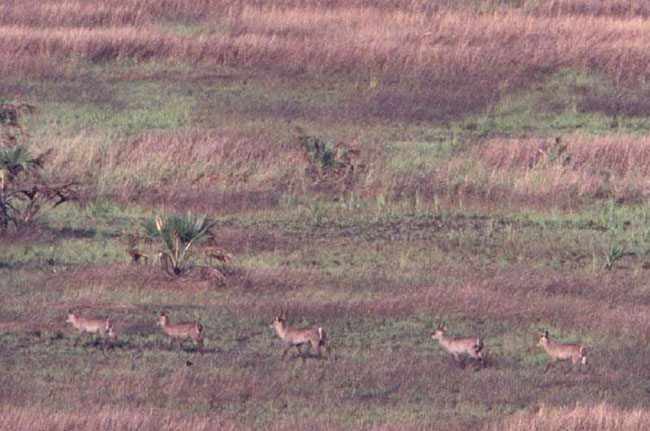The main objective of Odyssey for Change One Health programmes is to preserve some of world’s most endangered ecosystems while improving the health and wellbeing of local people — the true custodians of biodiversity.
From the earliest days of their conservation efforts, the creators of Odyssey for Change have understood that the conservation of endangered ecosystems cannot succeed without the full involvement of local communities proficient in the sustainable use of their resources. All Odyssey for Change One Health programmes therefore follow a holistic approach, one that integrates community priority development needs with conservation objectives and one that respects and values people’s culture and traditions.
By including livelihood, health and educational aspects into conservation projects, the well-being of the community improves, which then breaks the poverty cycle in which these remote communities are often trapped, which in turn creates positive synergies encouraging communities to conserve their natural resources.
As Odyssey for Change develops holistic conservation projects with its clients, the human aspect is never overlooked. Not only is this the right thing to do, it expands opportunities for brand enhancement due to the moving human stories that frequently result.
As part of our holistic approach, and recognizing that we do not have all the answers, Odyssey For Change has partnered with some of the world’s most recognized experts in conservation, ecology, animal welfare, and community development.
These partners include the Zoological Society of London, World Conservation Union (IUCN), Imperial College (UK), University of Exeter (UK), Marine Turtle Research Group, Ifremer (France), IGF Foundation (France), CORDIO (Coastal Oceans Research and Development in the Indian Ocean), African Revival (UK), Royal Veterinary College (UK), Wildlife Conservation Society (US), University of Pretoria (South Africa) and others.
Odyssey for Change works closely with our partners on projects that combine leading community-based conservation and environmental education. Examples of such projects follow below.
View case study
Women & Biodiversity
Women are the pivotal link between biodiversity and community well-being as in many traditional societies they are the main users of nature products, the guardians of traditional ecological knowledge, as well as the primary caretakers of family health and providers of food and water for the family. In the Western Indian Ocean, supporting women from remote fishing communities to access reproductive health care and education is integrated into a broad conservation initiative to protect one of the largest coral reefs systems in the Indian Ocean.
Ecosystem Health & Community Centers
The establishment of conservation and community centers in threatened ecosystems where biodiversity sustains the livelihood of local people provides a platform for training, awareness raising and support to local people — especially for women — in managing and valorizing natural resources more efficiently. Activities run at the centers include training and support to prevent human/wildlife conflict, to reduce environmental health risks such as water-borne diseases, to prevent zoonotic diseases which are transmitted between humans and animals, and to develop alternative livelihoods.
Cultural Recovery & Poverty Reduction
Some traditional societies living around one the most biodiverse protected areas in the world located in central South America still live in deep poverty and suffer from malnutrition and various health problems. By leveraging their traditional knowledge pertaining to agriculture and health care, we improve people’s health and food security while the revival of ancestral weaving traditions can also provide sustainable income-generating activities.
Wildlife Conservation, Water & Livelihood
Wildlife conservation can only be sustainable if it addresses two major challenges: reducing the conflicts created by wildlife while increasing development opportunities for local people, but these two challenges are inextricably linked. Crop damage by elephants is a hugely detrimental to conservation efforts so protecting crops with chili pepper buffer crops is a strong elephant deterrent, while also producing an additional source of revenues. Additionally, conflicts between people and wildlife often occur near water points which is why certain projects also address the provision and training in the sustainable use of drinking water to villages.
Ecosystem Health in Transfrontier Conservation Areas
Transfrontier Conservation Areas are developed around the world to unify protected areas across borders in order to restore ecological and cultural connectivity between ecosystems. However, the free movement of wildlife populations between countries poses new health risks to animals and people. We are assessing and preventing those risks through integrated One Health programs (combining human health, animal health, environmental health), which are also improving the livelihood of local people living around these areas.
M. Foloma - Director of Wildlife Mozambique
 +33 6 07 61 04 54
+33 6 07 61 04 54